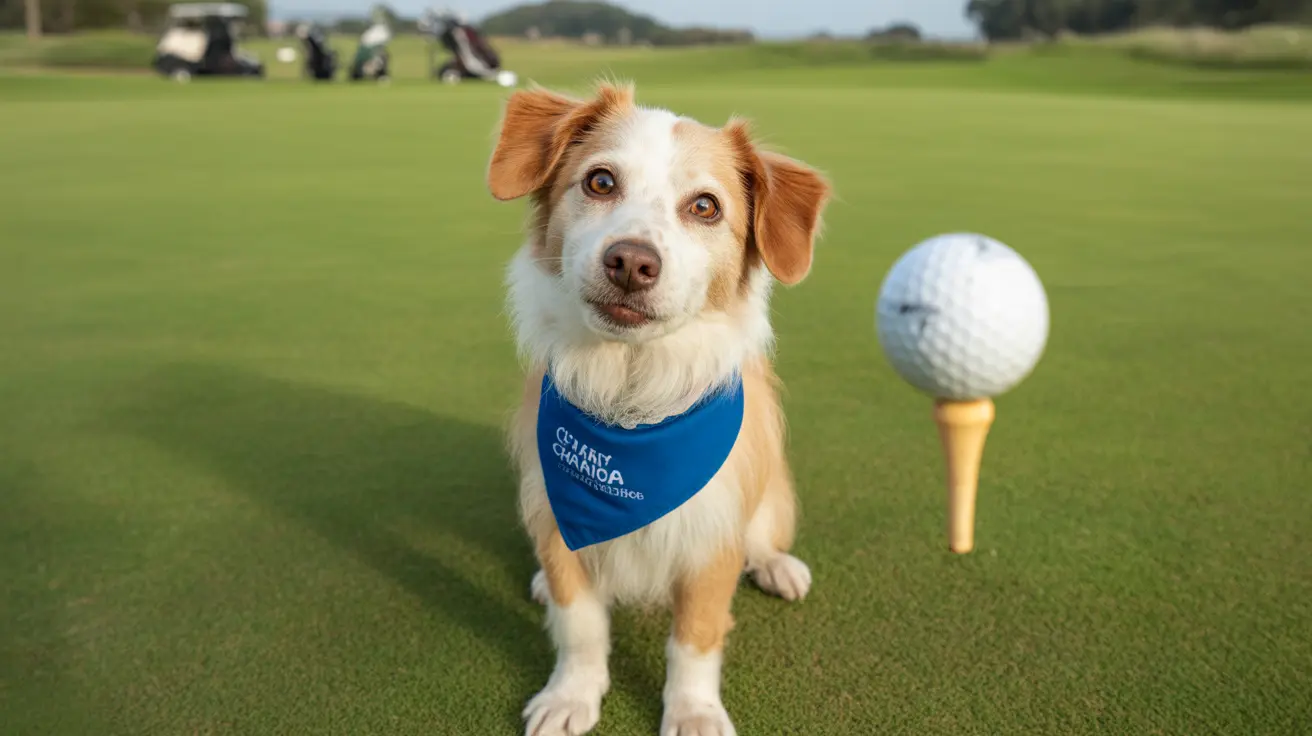Can Dogs Eat Sardines? A Detailed Guide
Sardines are more than just a tasty treat for humans—they're also a nutritious option for many dogs. Let’s dive into what makes sardines special, how to serve them safely, and which dogs should steer clear.
Nutritional Benefits of Sardines for Dogs
Sardines pack a punch when it comes to nutrients. These small, oily fish are loaded with protein and omega-3 fatty acids—both vital for a dog’s overall health. You’ll also find vitamin D, vitamin B12, selenium, and coenzyme Q10 in every bite. Here’s why these matter:
- Cardiovascular Health: Omega-3s support heart function and help reduce inflammation.
- Brain Function: Essential fatty acids aid cognitive health and development.
- Skin & Coat: Dogs often develop shinier coats and experience less itching from allergies after adding sardines to their diet.
- Immune System: The vitamins and minerals in sardines can bolster immune defenses.
- Bones & Teeth: Calcium and phosphorus from the soft bones (especially in canned sardines) strengthen skeletal health.
Sardines have another perk: they’re low on the food chain. Because they eat only phytoplankton (not other fish), they accumulate fewer toxins like mercury. This makes them safer than many larger fish.
The Safest Ways to Serve Sardines
You’ve got options—fresh, frozen, canned in water (with no added salt), or freeze-dried are all suitable forms. But not all sardine products are created equal. Here’s what you need to know:
- Canned sardines in water without added salt or flavorings are best.
- Avoid those packed in oil, brine, tomato sauce, or with spices—these can be too salty or fatty and may contain harmful ingredients.
- Sardines with onions or garlic are unsafe for dogs.
If you’re serving fresh sardines, make sure you remove any large or tough bones—they could pose a choking hazard. Canned varieties typically have soft bones that are safe and add extra calcium.
How Much Sardine Is Too Much?
Moderation is key. Sardines should be an occasional treat or meal topper—not a daily staple—and shouldn’t make up more than 10% of your dog’s daily calories. When introducing them to your dog’s diet for the first time, start small and watch for signs of digestive upset (like vomiting or diarrhea) or allergies.
Raw vs Cooked: Which Is Better?
Cooked or canned sardines are generally safer than raw ones because raw fish may carry parasites harmful to dogs. If you do opt for fresh fish, cook it thoroughly without salt or seasonings and always remove large bones. For canned sardines in oil, drain the excess oil before serving; some owners even rinse them to lower sodium content further.
Not All Dogs Should Eat Sardines
Sardines aren’t right for every pup. Dogs with pancreatitis, those on low-fat diets, or those prone to gastrointestinal issues or obesity should avoid them due to their naturally high fat content. If your dog has any pre-existing medical conditions—or if you’re unsure—consult your veterinarian before adding sardines (or any new food) to their bowl.
- Puppies and pregnant/nursing dogs can benefit from the nutrients in sardines but need appropriately sized portions served safely.
Serving Size Guidelines
The right amount depends on your dog’s size and caloric needs—a typical guideline is about 45 calories per ounce of raw sardine. Small or overweight dogs should get smaller portions so they don’t exceed their daily calorie requirements.
Clever Uses for Sardines
Sardines aren’t just a treat—they can help hide medications or entice picky eaters thanks to their strong aroma. You’ll also find pet-specific products like freeze-dried or dehydrated sardine treats; always check labels for purity and absence of additives.
If Your Dog Eats the Wrong Kind
If your dog accidentally eats sardines packed in mustard or other sauces, mild stomach upset is most likely. Watch for symptoms and make sure there’s plenty of fresh water available; consult your vet if discomfort persists—especially if large amounts were consumed or if there were added spices involved.
The Bottom Line
- Sardines can be a healthy addition when fed in moderation and prepared safely.
- Choose plain cooked or canned-in-water varieties with no added salt/flavorings.
- Avoid those packed in oil/brine/sauces or with unsafe bones/seasonings.
- Sardines aren’t suitable for every dog—especially those with certain health conditions.
- Introduce gradually; monitor closely; consult your vet if unsure about suitability for your individual dog.





